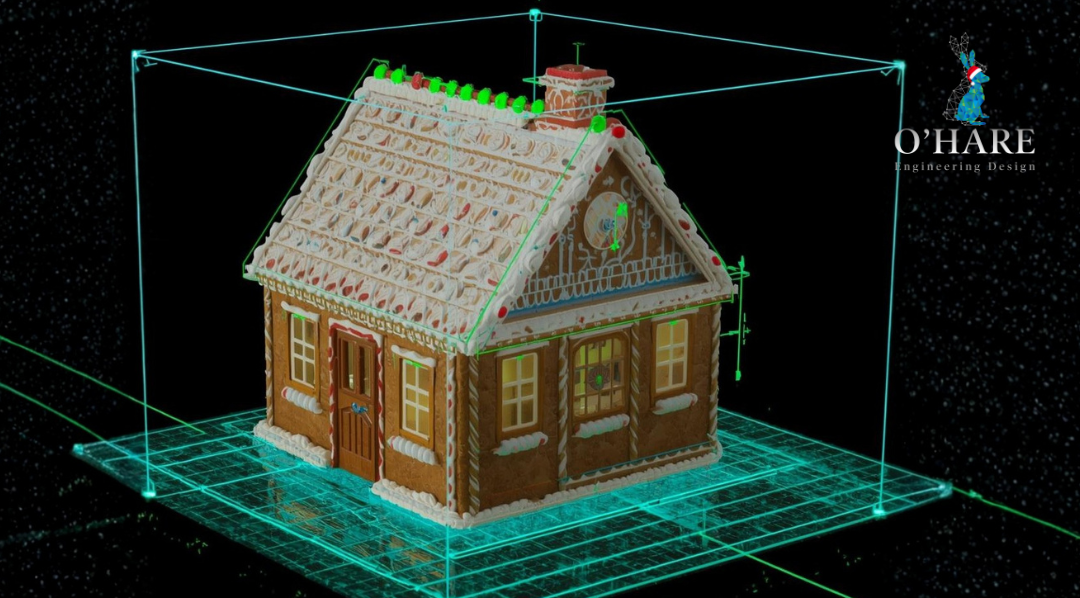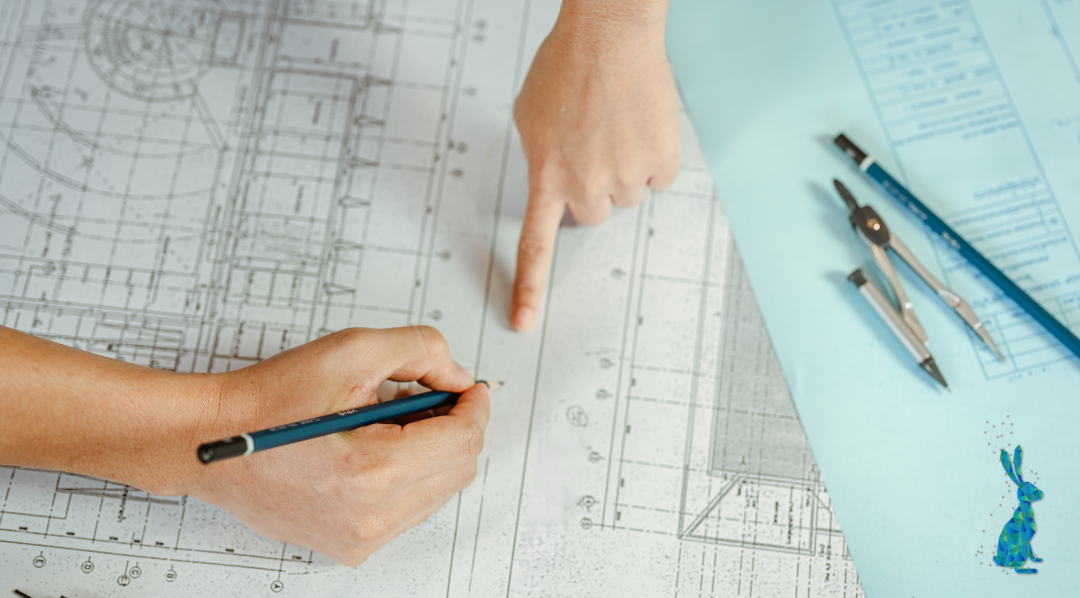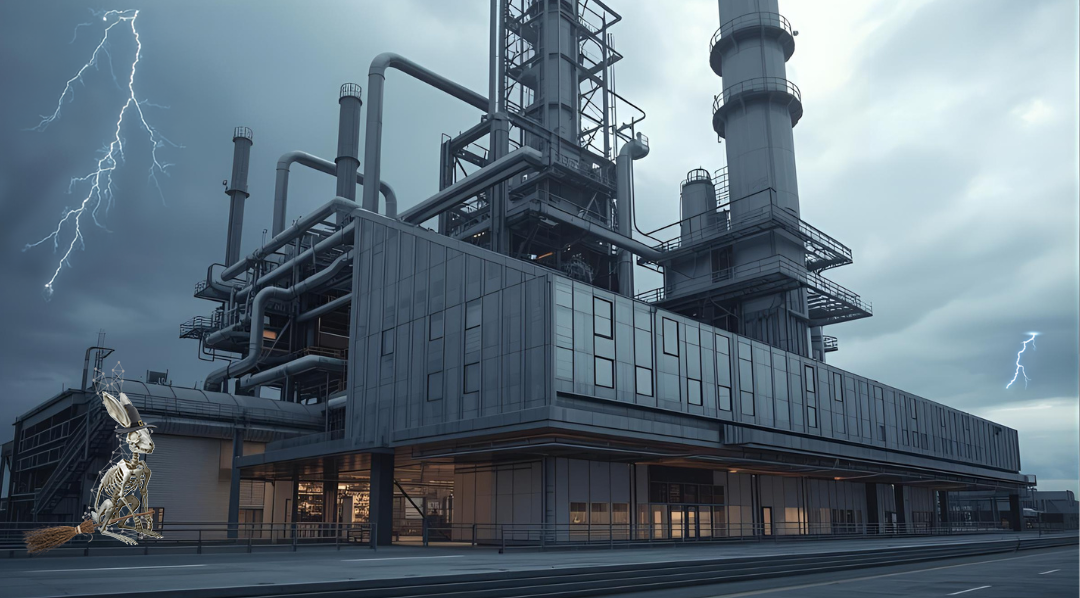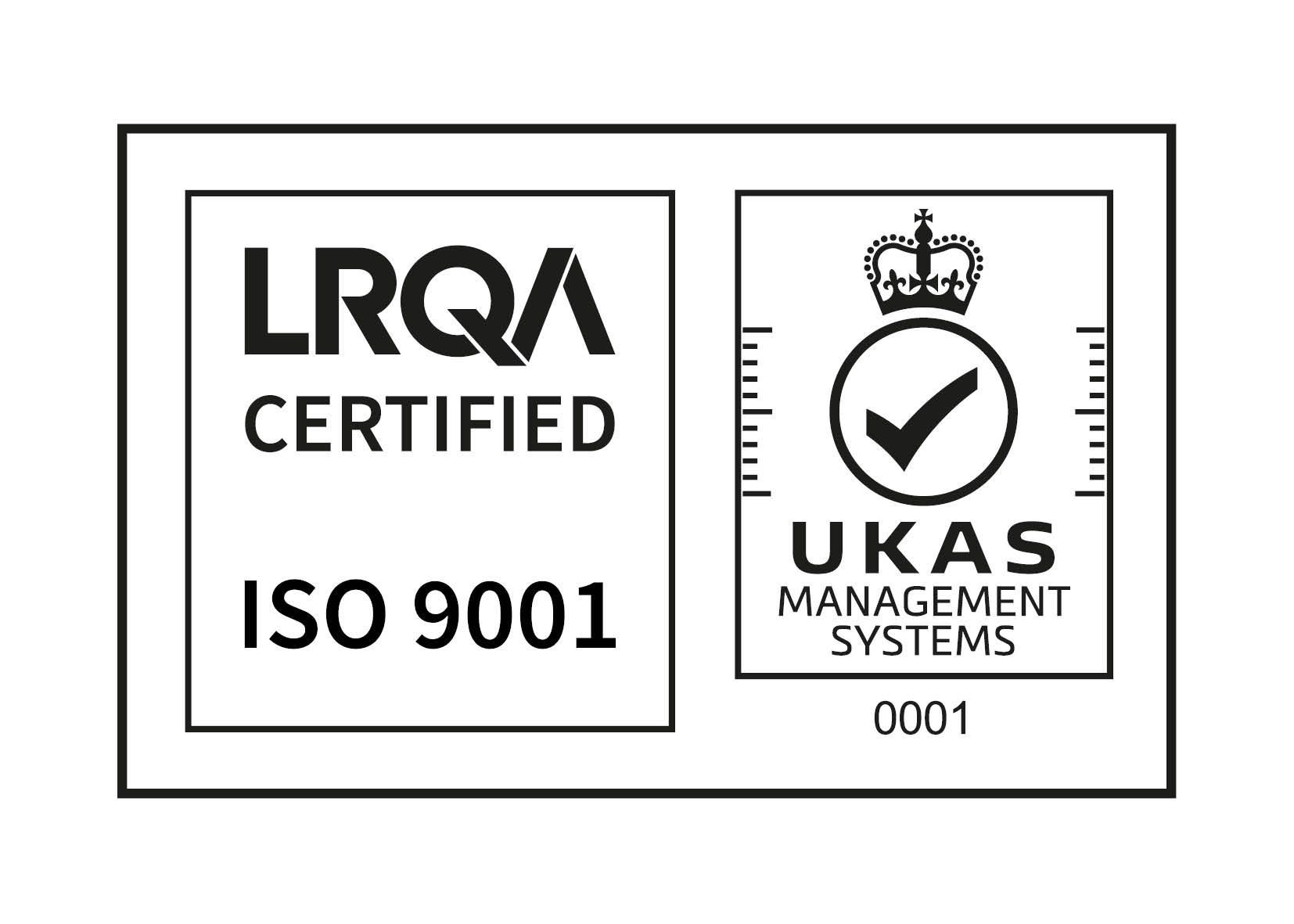Why Site Awareness Is Critical for Reliable Design
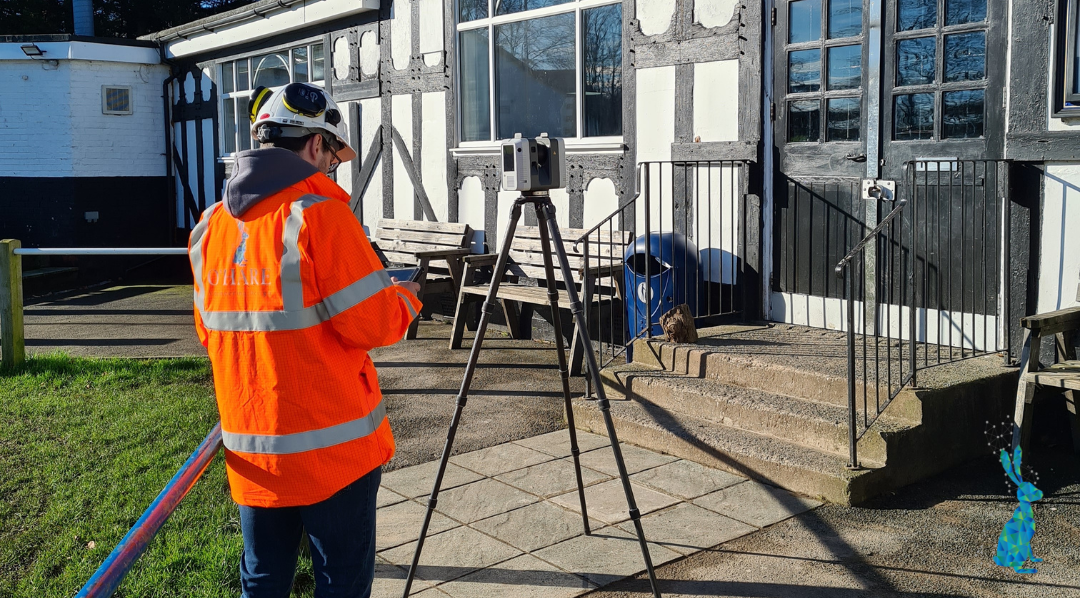
Why Site Awareness Is Critical for Reliable Design
Date: 23rd August 2025
There’s a challenge in engineering design that doesn’t always get the attention it deserves and it’s not down to technology, software, or lack of effort. It usually comes from working without a full understanding of the site itself.
It’s not uncommon to see models that look well organised and clash-free on screen, but once you get to site, things don’t always line up as expected. Fire suppression ends up being squeezed in late, process pipework needs re-routing, or access points are harder to reach than planned.
In many cases, it comes down to limited site awareness during the design stage. When design decisions are made without clear, accurate context from the physical environment, things can get complicated further down the line.
By focusing more on early-stage site understanding, whether through better survey data, clearer communication, or more integrated workflows, we can avoid a lot of these issues before they even start.
Designing without the full picture…
This issue often starts early in a project. The design team might receive a handful of site photos, a basic floor plan, or maybe an older scan from months ago. From that, they’re expected to produce a coordinated model without having all the details they need.
Design decisions then end up relying on assumptions. And while some assumptions are unavoidable, too many can lead to problems later down the line, especially when they turn out to be wrong.
It’s not just about getting the measurements right. It’s about understanding how things fit together, how they’ll be accessed, and how the real-world conditions of a site influence the way a system should be designed.
Site awareness is more than a quick visit
A single site visit doesn’t always provide the full picture either. Good design is built on clear, reliable, and up-to-date information that is ideally delivered in a format that the design team can easily use and trust.
Knowing where existing services run, where space is tight, or where equipment is likely to be installed isn’t something that can be guessed from an old PDF or a few reference photos. That insight comes from high-quality survey data as well as from the people who understand the environment, not just the drawings.
Ideally, the survey team and the design team are in sync. The best results come when surveyors aren’t just capturing everything by default, but asking:
“What information does the design team actually need here?”
A point cloud full of unnecessary detail, poor registration, or misalignment isn’t just unhelpful, it can slow things down and create confusion later in the project.
Common pitfalls
We’ve been brought into projects where clients had already invested in scanning or photogrammetry work only to find the data wasn’t usable.
Some of the common issues we’ve seen are:
- A lack of control points
- Poor registration or misalignment
- Data delivered in the wrong format
- No clear scope or understanding of what needed to be captured in the first place
Having the right equipment is one thing, but knowing how to use it effectively and how to deliver data that integrates smoothly into the design process is what really makes the difference.
What good site surveying looks like for piping design
A reliable survey for engineering design usually combines tools. Total stations provide precision and control. 3D laser scanning gives you spatial detail. Used together, they give you confidence in the accuracy of the data, early visibility of potential issues and a dependable base to design from. Good survey work isn’t about collecting as much data as possible. It’s about collecting the right data in the right places with the end user in mind, whether that’s the modeller, drafter, engineer, or fabricator.
Coordination needs to start sooner.
This all ties into a broader issue with coordination. In most projects, process pipework tends to take the lead by either driving the equipment layout or responding to it. That’s fine. But other systems like fire suppression, containment, and ventilation still need space to work properly. If those systems aren’t considered early on, they end up getting squeezed in later, and that’s when problems start. We've seen it time and again; clashes, last-minute redesigns, and on-site teams having to work around things that could’ve been avoided.
Effective coordination doesn’t mean a visually clean model. It means early communication, shared understanding, and real-world understanding before decisions are locked in.
Technology like laser scanning and photogrammetry has made it easier to capture site data, but good design still depends on understanding the environment you’re working with. If the design doesn’t reflect what’s actually on site, things will go wrong and by then, it’s often too late to fix without cost or delay. Getting the survey right from the start, using the right methods, and sharing information early makes all the difference. It’s not about being perfect, it’s about being prepared. If you want support getting your survey data right and design-ready, get in touch, we’re happy to help.

